My Role: Creative Director
Rocket Games was a small independent studio that grew to be a major player in the mobile casino industry. Using a market-driven development process, Rocket was able to produce successful games without publisher partnerships or outside investments. After three years of profitable revenue growth, Rocket attracted the attention of Penn National (now Penn Entertainment), which acquired the company as its first move into electronic entertainment.
As the third employee of our 4-person team, I assumed several creative responsibilities. Beginning with market research and concept art, I helped build the case for making a mobile casino game. When we committed to production, I helped develop our prototype into a shipping product with illustrations, logos and menus. After roughly 5 months of work, Lost Treasures released and performed well enough to continue development.
Background Painting: David Alegre
Symbol Paintings: David Alegre
With a target market validated, our attention shifted to growing the business. To capture a larger audience, we began releasing additional titles with other popular themes. This strategy demanded new artwork in incredibly short production cycles (often less than four weeks) across more than a dozen games. I grew into the position of Art Director as I helped build process and team to cost-effectively deliver assets for our aggressive release schedule.
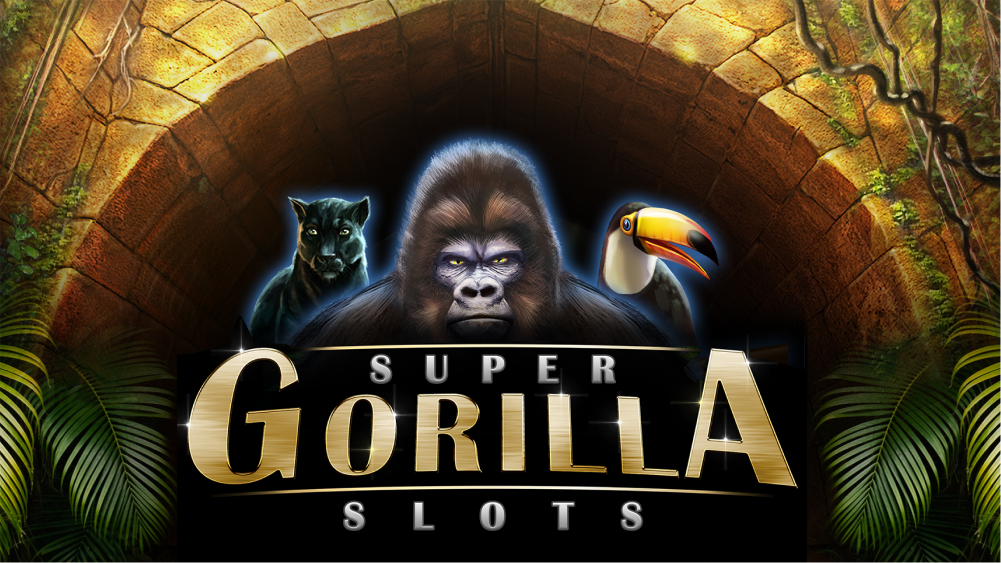
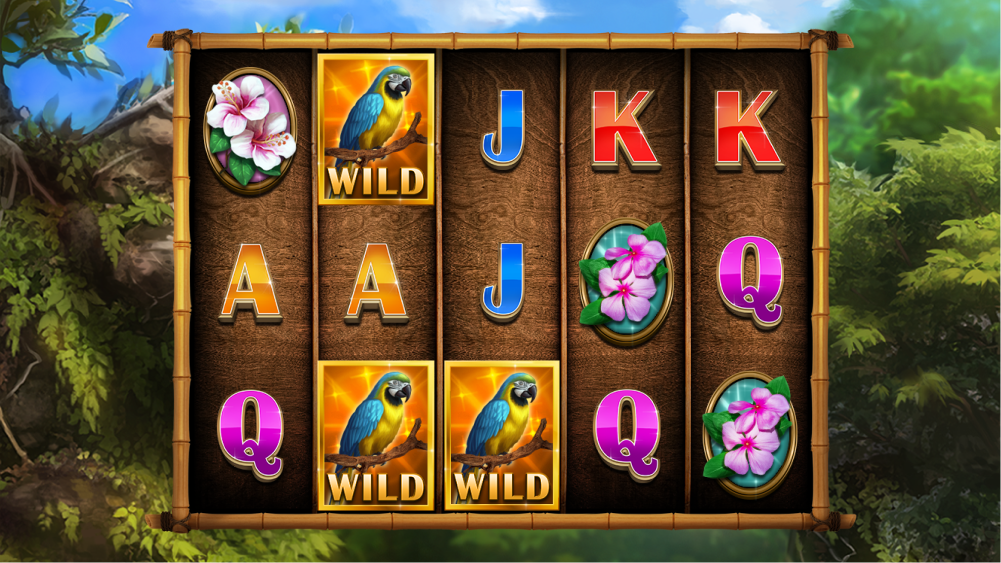
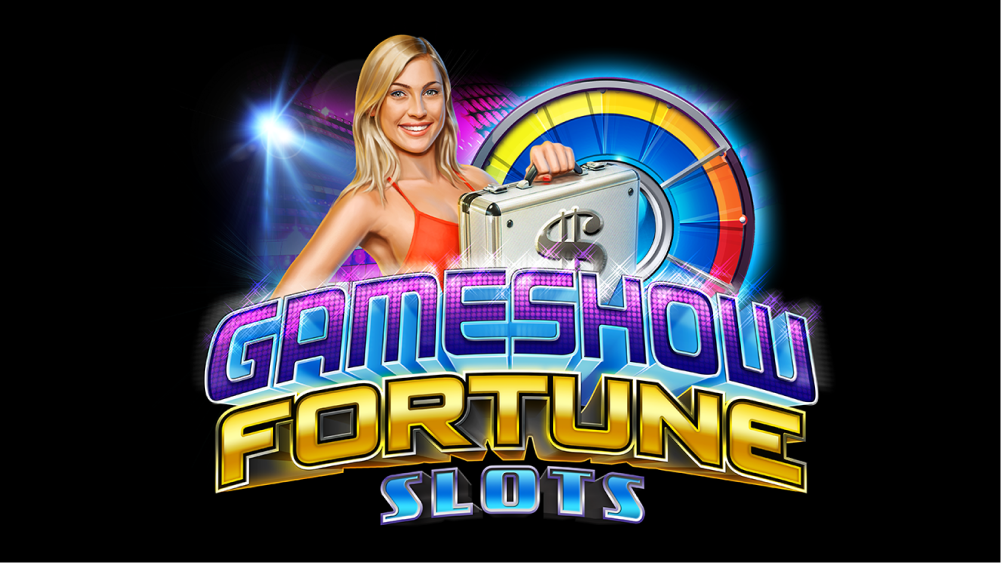

Gameshow Fortune Logo: Matthew David
Rocket Games was driven by non-stop research and testing, which informed our approach to game development. New titles began as market tests on Facebook using quick-and-dirty mockups of potential titles. Only ads with high click-through rates were actually developed into games, ensuring popularity with slots players.
A quick-and-dirty Facebook Ad
The fully realized product
We often changed more than just an app’s branding. The user interface, art and sounds were often reworked to help the whole app feel different. With meta features and designs mostly fixed, new artwork was carefully designed for quick drag-and-drop implementation.
Background Painting: David Alegre
Character Illustrations: Dan Howard
Unique names and logos helped our games look distinct from each other within the app stores. The result was a large portfolio of games that offered a variety of themes and fantasies. Within two years, Rocket accumulated enough titles to begin cross promoting, growing player engagement across Rocket's portfolio of games.

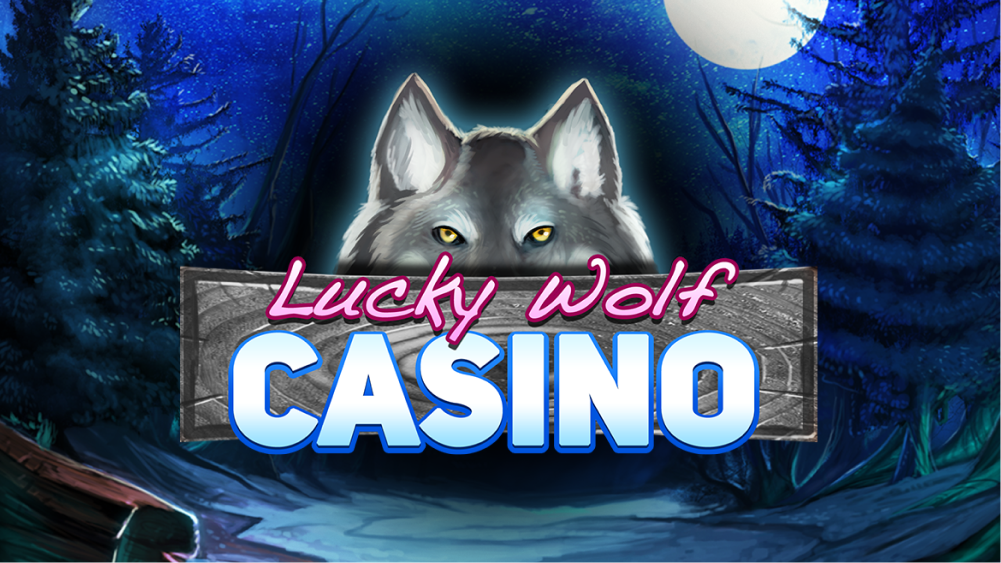
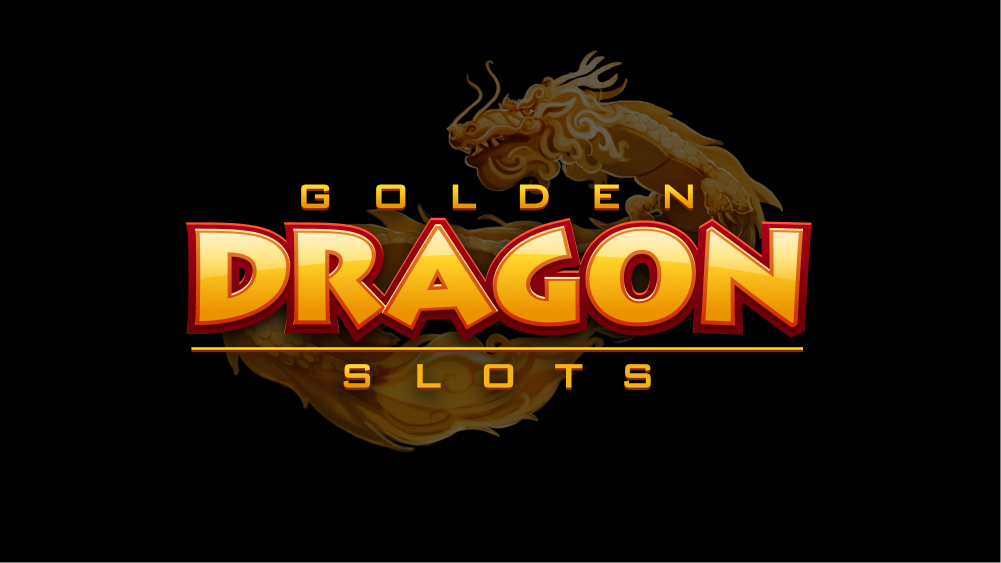
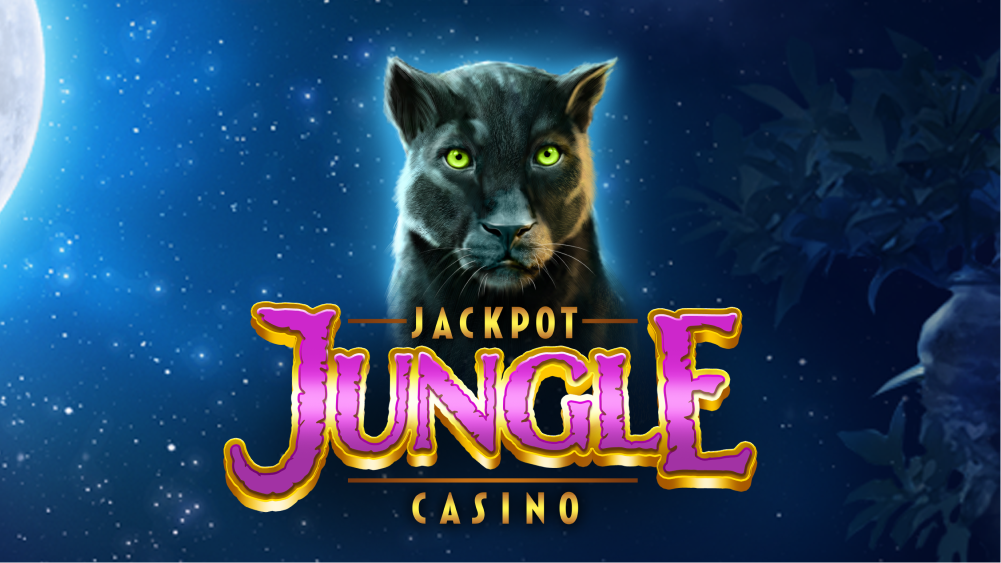
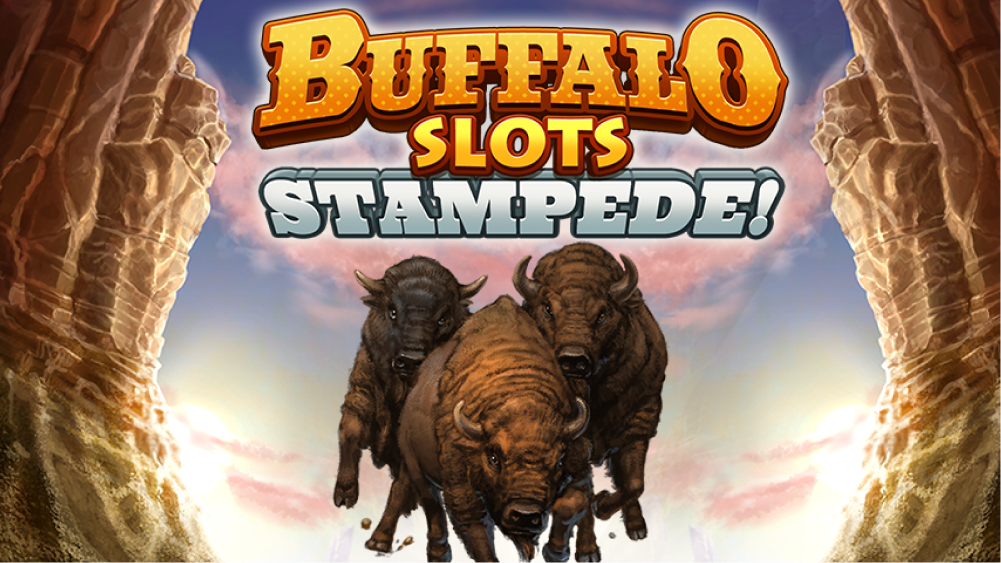

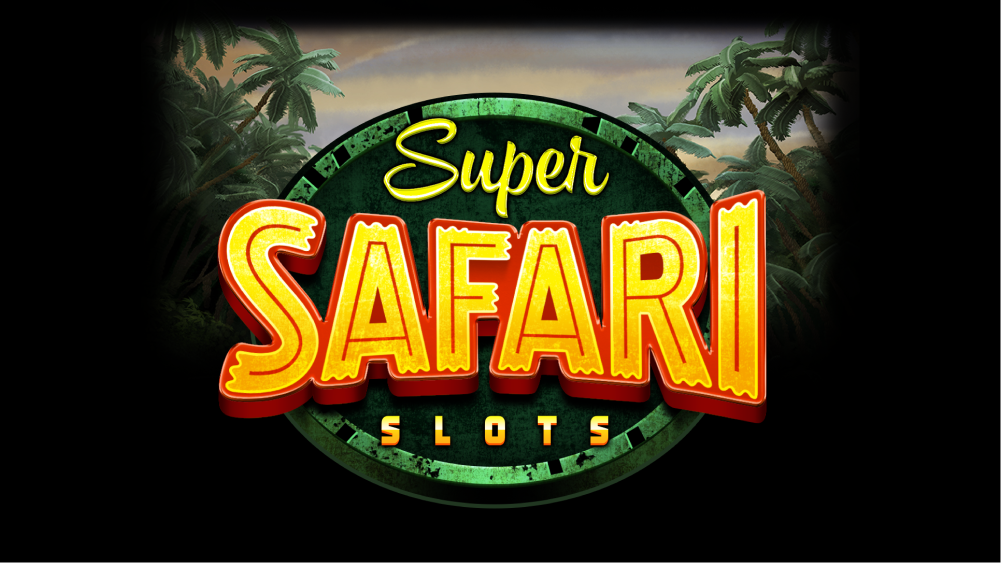
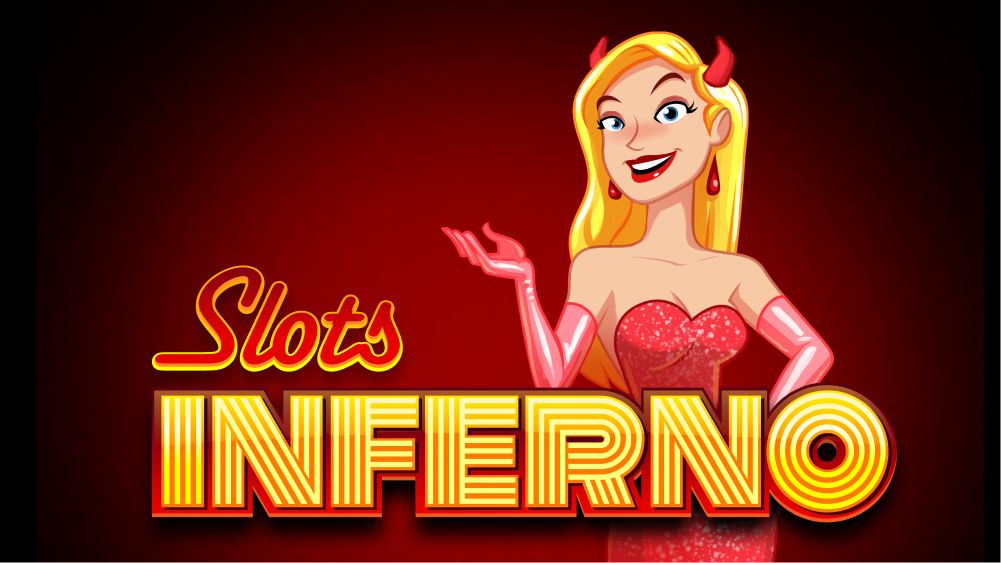
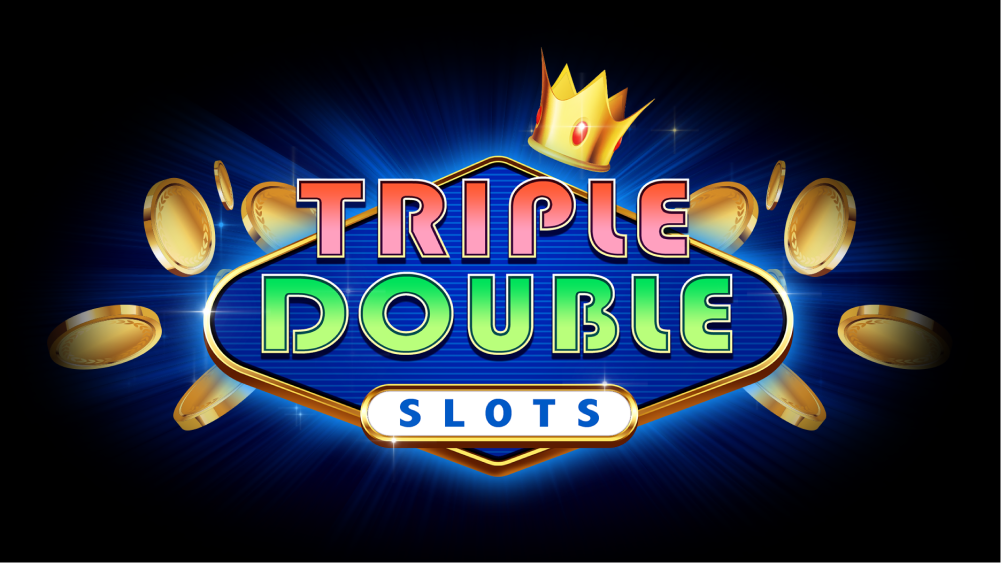
King's Fortune Background Painting: Dan Howard
Golden Dragon Slots Character Painting: David Alegre
Each game explored themes further through their individual machines. As an example: If players downloaded an app with a jungle theme, they could expect to explore waterfalls, lost cities and magical caves. Depending on each machine's theme and mechanics, production and planning could happen as fast as two weeks.
Rocket's game network created a deep understanding of our audience's tastes. Growth continued and lead to our breakout hit— Viva Slots Vegas, a "classic slots" styled game with easy to understand rules and graphics. Viva solidified Rocket Games' position as a leader in the mobile slots category.
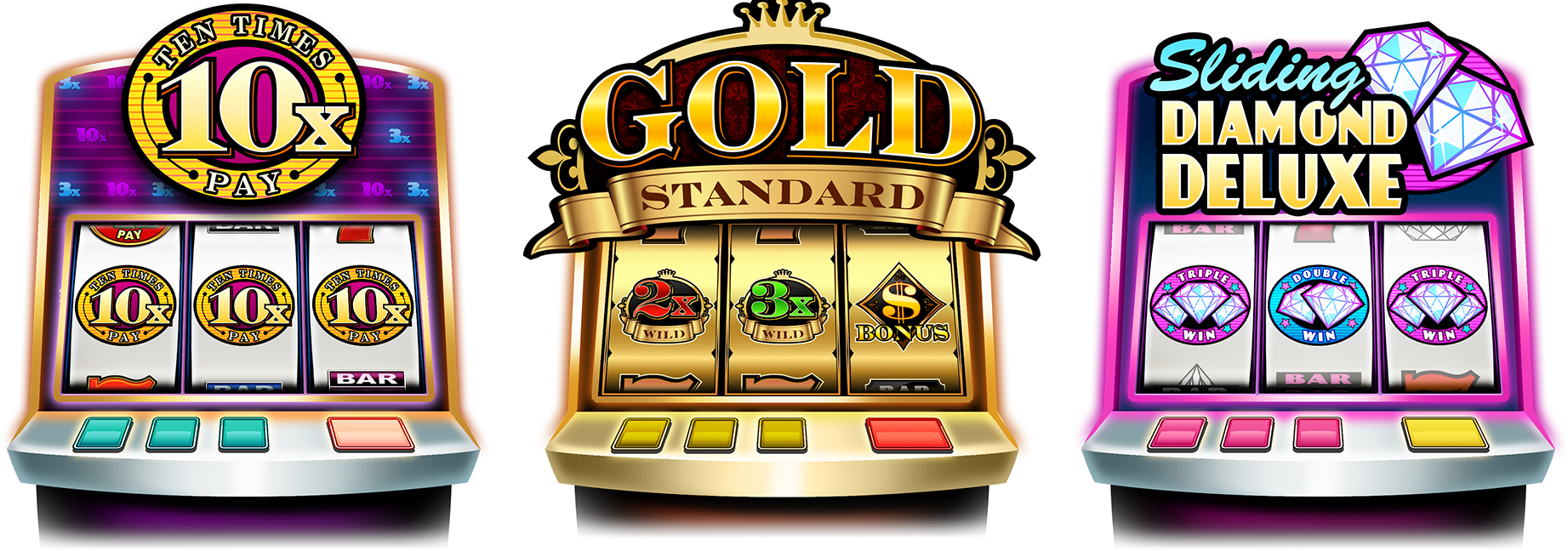
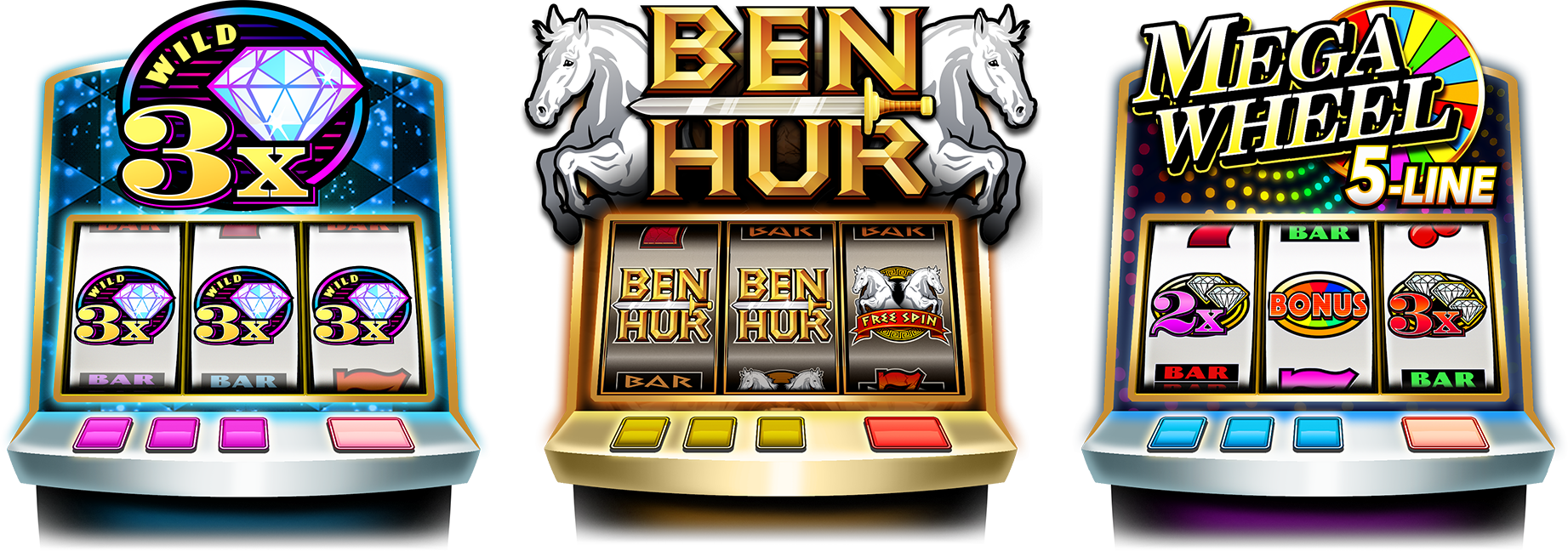
Viva received the same flow of new content as our older titles. Classic slot games were imbued with character and unique themes without obscuring the easy-to-understand nature of standard symbols and mechanics. New content was added regularly, adding new themes, mechanics and special holiday content.
Releasing new titles was key to Rocket’s growth, but maintaining live games was also an ongoing commitment. To periodically rejuvenate installs for live games, we would conduct A/B tests with new app icons and screenshots. Both subtle and dramatic changes could sometimes yield substantial increases in installs and justified the effort.
A benefit of reusing content between releases was extra time to make improvements. Our games were built on very tight budgets, but when an upcoming release repurposed 80% of a previous title, we often found time to revise art, animations and designs. The quality of our new games increased with every release, and improvements rolled back to older titles through updates.
"Big Win" graphics (left) were updated with depth, textures and lighting effects (right)
My time at Rocket Games was unique because I witnessed its journey from small startup to a successful company and finally as a division within a large corporation. Each stage had different needs and it was important for me to adapt along the way. I now have a holistic view of game development where I visualize business goals and break them down into processes.
Special Thanks
Illustration – David Alegre; Dan Howard
Graphic Design – Matthew David; Dwayne Marley
Tech Art – Myk Suavillo